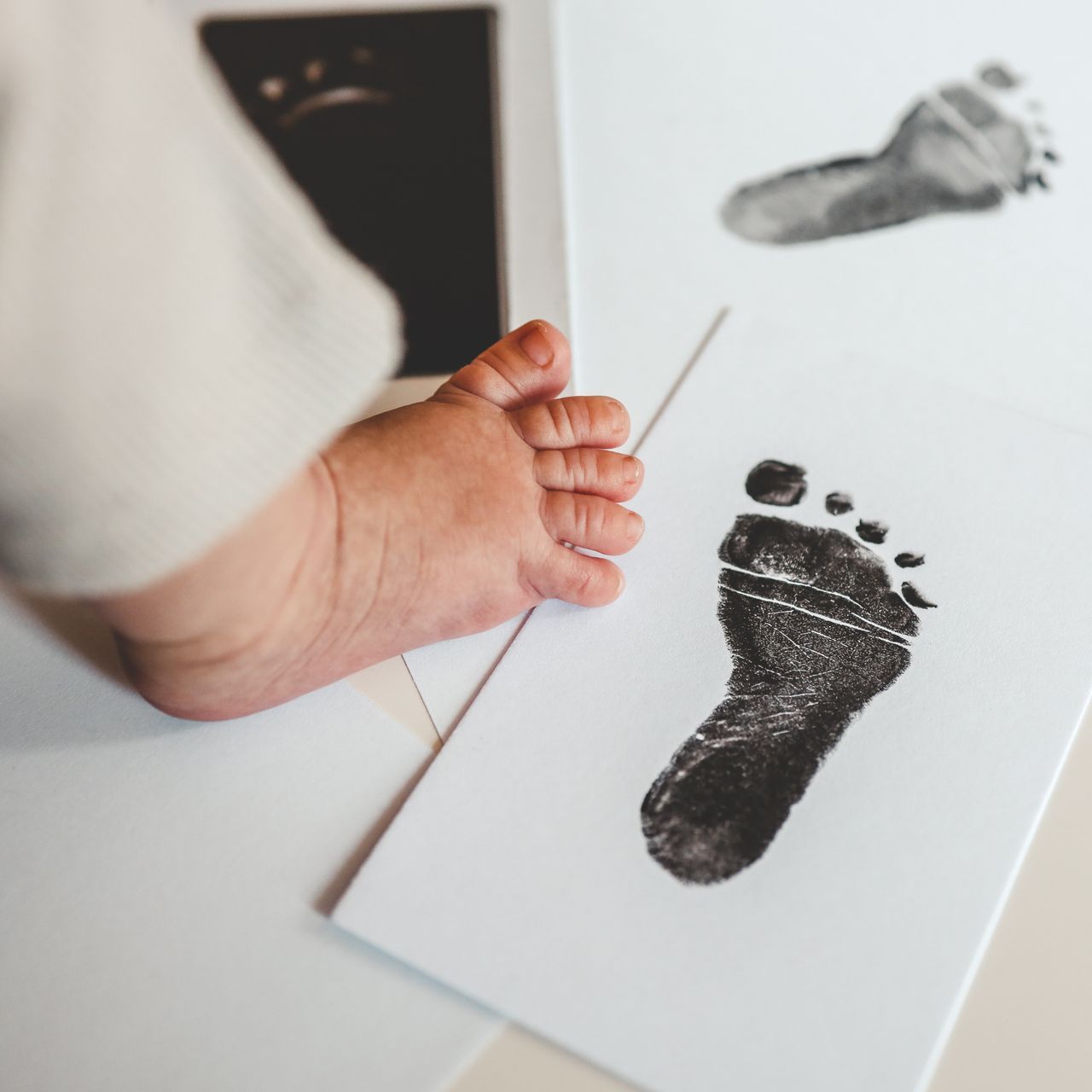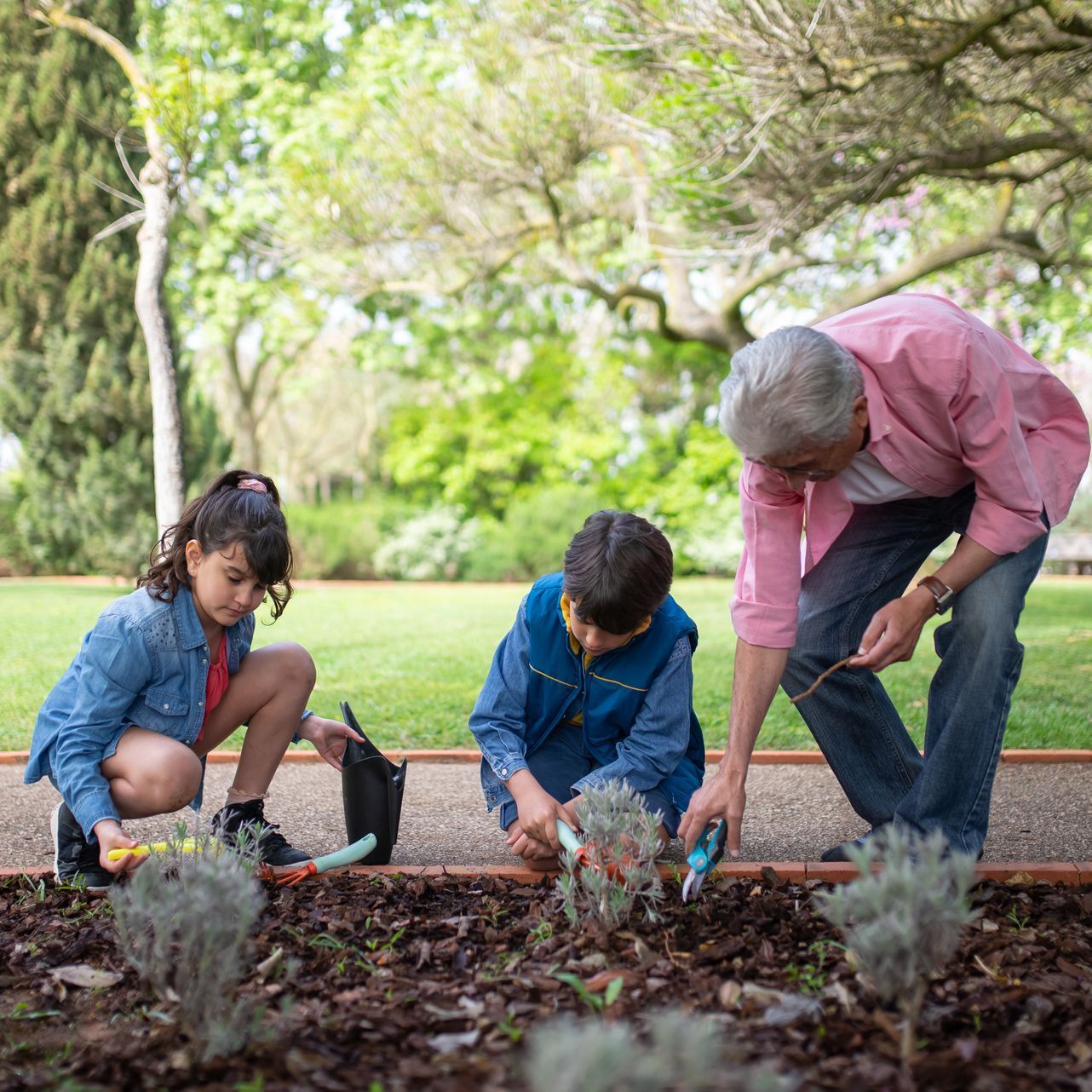Talking to Teens about Drugs and Alcohol

The adolescent years are a time of exploration, growth, and establishing identity. While these years offer numerous positive experiences, they also present certain risks, especially as teens are exposed to the world of drugs and alcohol. Having a candid conversation with them about these substances, including the dangers of potent drugs like fentanyl, is crucial for their safety. Here's a guide on how to approach this sensitive topic.
1. Start with an Open Dialogue
Initiate the conversation in a non-confrontational manner. Instead of beginning with a lecture, start by asking them what they know about drugs and alcohol and what they've encountered or heard from friends. This approach can create a space for honest dialogue where they feel heard and understood.
2. Provide Accurate Information
It's essential to equip teens with the facts:
- Alcohol: Discuss the impacts of alcohol on the brain, its effect on judgment, and the dangers of binge drinking. Emphasize the risk of alcohol poisoning and the long-term effects of early and heavy drinking.
- Drugs: Talk about different drugs, their effects, and their risks. From marijuana to harder drugs like cocaine or methamphetamine, it's important they understand the full spectrum of substances they might encounter.
3. Address the Risks of Fentanyl
Fentanyl is a synthetic opioid that's 50 to 100 times more potent than morphine. Even a tiny amount can be lethal.
- Unpredictable Consequences: Fentanyl is often mixed with other drugs, even those not considered "hard" drugs, like cocaine, heroin, or counterfeit prescription pills. This lacing is usually unknown to the user, making any drug use a potential gamble with their life.
- Overdose Concerns: Due to its potency, the risk of overdose with fentanyl is extremely high. Discuss the signs of an opioid overdose: pinpoint pupils, unconsciousness, and slowed or stopped breathing.
- The Ripple Effect: Talk about how drug use doesn't just affect the user. It impacts families, friends, and communities. The loss of a young life to something like a fentanyl overdose has far-reaching repercussions.
4. Peer Pressure and Decision Making
Teens often face immense pressure from peers. Discuss strategies for handling situations where they might feel pressured:
- Role Play: Act out scenarios, allowing them to practice responses.
- Reinforce Confidence: Remind them that they have the autonomy to make decisions that align with their well-being, irrespective of external pressures.
5. Highlight the Legal Consequences
Beyond health risks, there are legal implications to underage drinking and drug use. A record of drug possession or a DUI can impact college applications, job prospects, and future opportunities.
6. Set Clear Boundaries and Consequences
While it's crucial to have an open dialogue, it's equally important to set clear expectations and consequences related to drug and alcohol use. This provides a framework of responsibility and accountability.
7. Be a Role Model
Teens often model adult behaviors. Reflect on your attitudes and behaviors concerning drugs and alcohol. Show them, through your actions, the importance of moderation and responsible choices.
8. Encourage Healthy Outlets
Promote activities that allow them to relieve stress, explore passions, and build self-esteem in a drug-free environment. Whether it's sports, arts, volunteering, or other hobbies, having a positive outlet can reduce the allure of drugs and alcohol.
9. Recognize the Signs of Use or Abuse
Stay observant for signs that might indicate drug or alcohol use:
- Changes in behavior, grades, or friends.
- Secrecy or increased demand for privacy.
- Finding drug paraphernalia or smelling alcohol on their breath.
If you notice any signs, approach the situation with care, understanding, and a readiness to seek professional help if needed.
10. Know That Mistakes Happen
Even with the best guidance, teens can make mistakes. If your teen does experiment or indulge, it's essential to handle the situation without resorting to anger immediately. Instead, use it as a learning opportunity, understanding the reasons behind their choices, and reinforcing the importance of safety.
Talking to teens about drugs and alcohol is a crucial aspect of their upbringing. As they navigate the complexities of adolescence, armed with knowledge, they're better equipped to make informed decisions. While these conversations can be challenging, they're a foundational component of safeguarding their present and future. Remember, it's not about inducing fear, but about empowering them with awareness.










